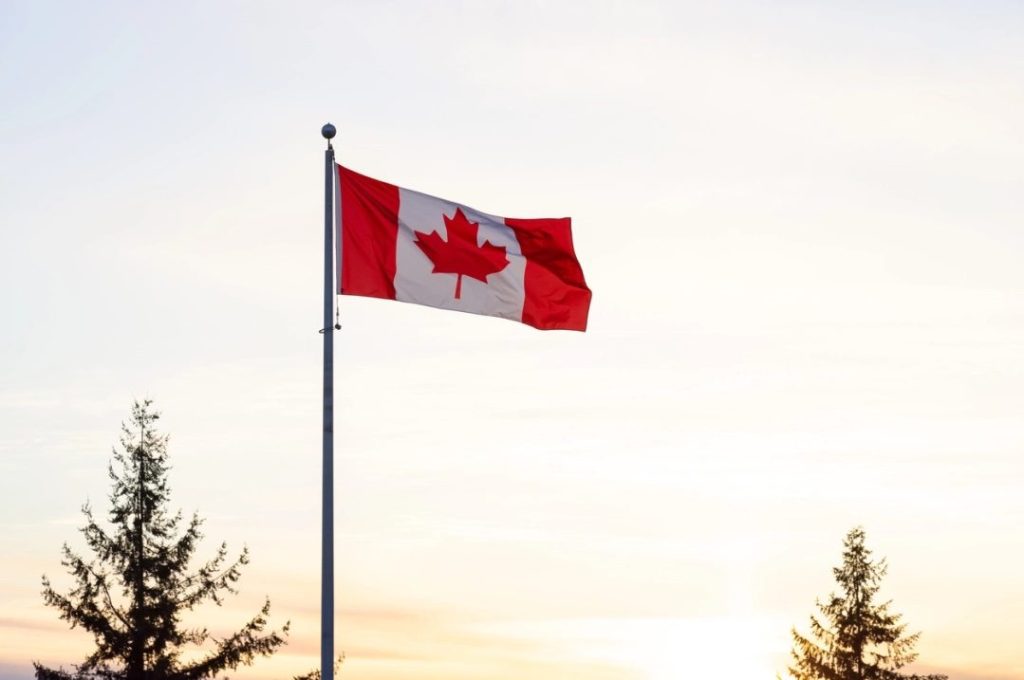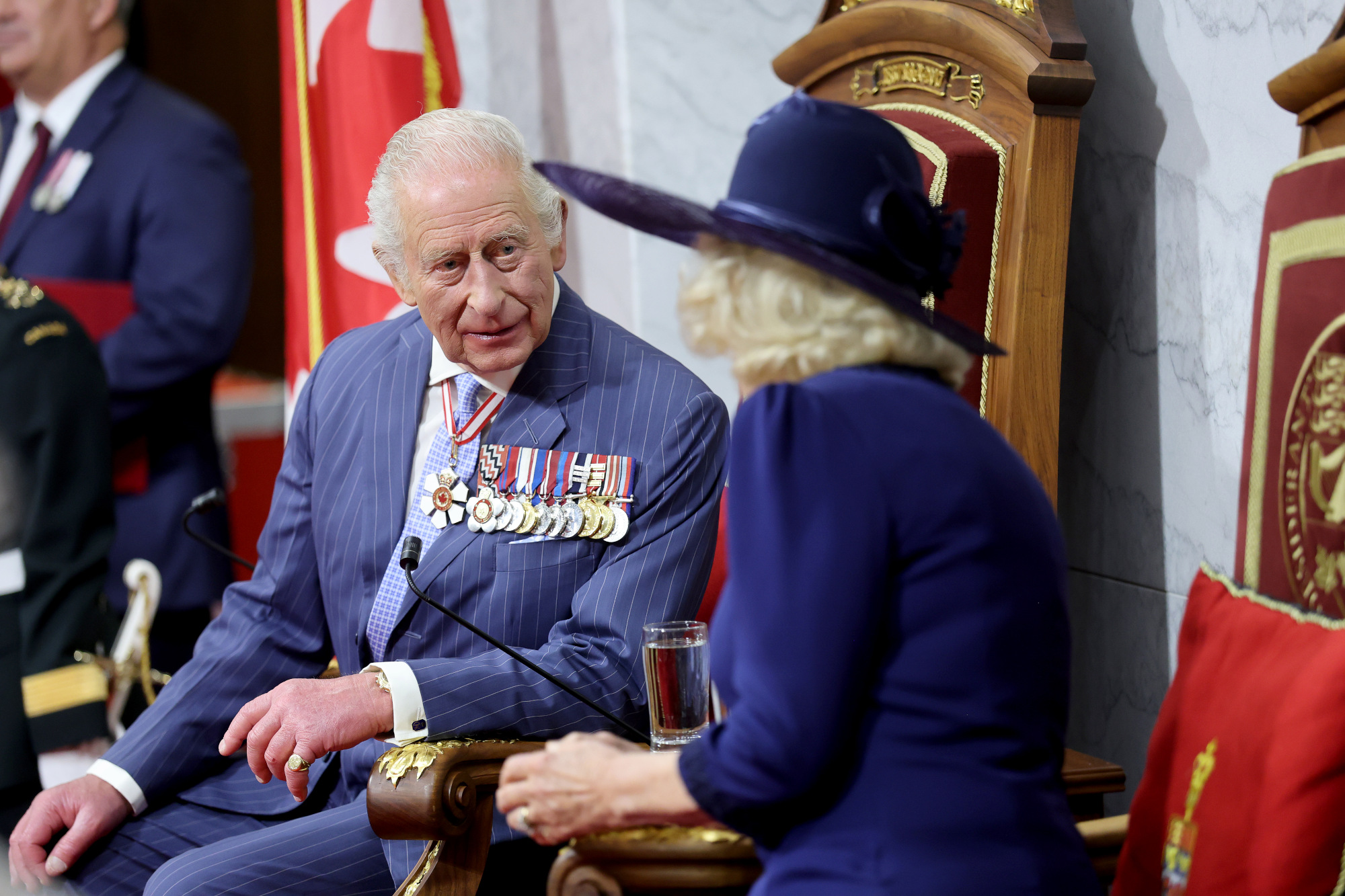My favorite Martin Amis novel was his 1991 book Time’s Arrow. It is a pyrotechnically brilliant work in which all time goes backwards. On publication it was criticized in some quarters because the novel includes a reverse version of the Holocaust and some thought Amis was using the Holocaust as a literary device. As so often, these transient critics didn’t get the point. It is hard to say anything new about the Holocaust or find any new angle on it.
But Amis managed, because towards the end of the novel (that is, at the beginning of the Holocaust) one of the characters starts to worry about the bodies that they are bringing out of the crematoria. They used to pull fully formed bodies out of the ovens, but increasingly he notices that the people they are pulling out are deformed. Eventually they are pitifully so. The character starts to wonder whether it is worth the effort.
I thought of that brilliant, provocative smack when I read this week of Canada’s medical assistance in dying (MAID) act. Lovely, liberal Canada actually legalized “assisted death” in 2016, but only for people with terminal illness. As long-term readers will know, this is a slope that I have worried about for some time, for there is a slipperiness to it. Sure enough, two years ago Canada expanded the law to encompass people who had non-terminal conditions. As of next year the criteria will expand again, this time to take in people whose sole underlying condition is mental illness.
You could see this coming. After all, we live in an era which — rightly or wrongly — sees mental illness as being on a par with physical illness. Politicians, celebrities and even royals have spent recent years doing their level best to raise awareness of mental illness and stress how debilitating it can be. All of which may be true. But that ground starts to move awfully fast once a state has said that incurable physical ailments are enough to send you to the knacker’s yard.
Right on cue various people have said that they are looking forward to the right to top themselves next year: Lisa Pauli this week spoke to the media to announce her desire to take advantage of the new law. The forty-seven-year-old suffers from anorexia, and has since the age of eight. She says she weighs 90lbs, goes for days without eating and is too weak to carry groceries back from the shops without stopping. “Every day is hell,” she told Reuters. “I’m so tired. I’m done. I’ve tried everything. I feel like I’ve lived my life.”
You may think that a forty-seven-year-old who feels that they have lived their life is a forty-seven-year-old in need of help. But for whatever reasons, Pauli obviously has not got the help she needs in her life, and so here she is looking forward to March next year, when, through the largesse of Justin Trudeau and his super-compassionate, ultra-liberal government, a cure will be found for her anorexia.
You can expect Canada to find a lot of other ailments to cure in the years ahead. Just last year a Canadian armed forces veteran who has been suffering from post-traumatic stress disorder (PTSD) sought support from Veterans Affairs Canada. An employee of the agency asked him if he had considered taking advantage of the new euthanasia options available in Canada. The veteran in question said that this was suggested unprompted.
Veterans Affairs Canada subsequently issued a public apology for the interaction. But it isn’t hard to see future veterans having the same solution pushed on to them. Veterans can be very costly. You send them out to fight, kill and possibly die for their country. Many of them see their best friends and comrades blown to pieces in front of them. It’s the nature of war, and a tough thing to get over. PTSD is especially tough. And it seems a logical enough step to decide that something so hard to cure might have a simple answer, all the difficult ones having been tried — or not.
It is a Canadian twist on a Belgian horror I pointed out here last year. That was the case of Shanti De Corte, a young woman who, at the age of seventeen, had been caught up in the 2016 Brussels airport attack and had seen a number of her classmates die. Last year she opted to be “euthanized.” Alleged members of the cell who carried out the 2016 attack are still on trial in Belgium, but whether or not they are found guilty none of course can be given the death penalty. Because Europe, like lovely, liberal Canada, does not believe in the death penalty for criminals. Only for victims.
And so it does seem likely that at some point after March Canada will be able to go down a similar hell-path. As well as being able to kill the victims of crime and terror, they will be able to kill (or award “medically assisted suicide”) to people of any age who suffer from anorexia, depression, PTSD or a growing smorgasbord of other debilitating ailments. And in time a temptation will linger over Veteran Affairs Canada, and among many other organizations and medical professionals. It appears to be difficult to take care of your veterans in a country like Canada. It is costly and time-consuming to look after their needs and troubles. Perhaps MAID will be the obvious answer to soldiers who have seen terrible things in conflict — just as euthanasia was the logical answer to seeing your classmates killed in Belgium.
Naturally I must stress, as does the Canadian government, that this “complex and deeply personal issue” will “reflect Canadians’ needs” and “protect those who may be vulnerable, and support autonomy and freedom of choice.” It all starts from such a kindly place. It’s all about bodily autonomy, you see, and freedom — including freedom of choice. That’s why the Canadian government is giving out information for all those who will become eligible for euthanasia in March. It reads like the preparation for the starting-gun of the world’s greatest race. And perhaps it is. These bodies and souls are, after all, horrifically disfigured, mangled things. Perhaps it is right to wonder whether it’s worth the effort involved in bringing them to life?
This article was originally published in The Spectator’s UK magazine. Subscribe to the World edition here.

























